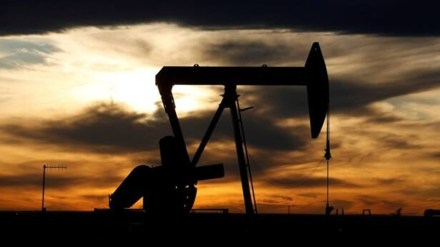With global oil prices surging to $90 a barrel and expected to remain high and volatile in the future, their impact is bound to be serious for countries like India which imports 88% of its requirements. All of this is a recipe for costlier imports and build-up of inflation in the economy if global oil prices “pass-through” leads to higher domestic prices. If this indeed happens, this would straightaway translate into a 42 basis points increase in retail inflation that is currently ruling at 7.4%. But it is highly unlikely due to political compulsions to insulate the urban middle class from rising fuel prices ahead of forthcoming assembly and national elections. Recently, the government lowered the price of a gas cylinder by 18%.
Together with the ongoing freeze (17 months so far) on petrol and diesel prices at the pump, the country’s oil marketing companies will obviously take the hit and will be awash in red. Elevated global oil prices—which are expected to remain in the range of $85-95 a barrel over the near-term—are also bad news for the country’s external account. A rule of thumb is that every increase in global oil prices by $10 a barrel raises the current account deficit—which is the broadest measure of India’s goods and services transactions—by $9-10 billion. The deficit this fiscal may thus widen to more than the 2% of the GDP registered in FY23.
Why is oil on the boil? The proximate cause is the decision of leading global oil producers like Saudi Arabia and Russia to unilaterally extend their cuts of 1 million barrels per day (bpd) and 300,000 bpd, respectively, till December. In a relatively tight market in which global production and consumption demand are roughly in balance this year, such a significant reduction in oil supplies led to oil prices breaching $90 a barrel on September 5 for the first time since November 2022. Saudi Arabia has major stakes in higher oil prices to fund its ambitious modernisation programme and for diversifying its economy away from dependence on fossil fuels. Saudi Arabia has enormous pricing power and is exercising it. Russia needs higher oil revenues to fund its ongoing war in Ukraine and is squeezing supplies to ensure higher prices. Western sanctions sought to cap its price at $60 a barrel but now the situation is vastly different. All of this does not augur well for India’s energy security as it has been heavily dependent on discounted Russian oil. The prospect is now for rising prices, lower discounts and higher shipping costs which may result in lower purchases of Russian oil over the near-term.
To reduce its vulnerability to higher oil prices, India must aim for greater self-sufficiency through higher domestic oil and gas production over the medium-term. Unfortunately, this is not happening. Domestic crude production has been steadily declining from 38.1 million tonnes (mt) in FY12 to 29.2 mt in FY23. In the first four months of the current fiscal, production at 9.8 mt is not different from a year earlier. To curb import dependence, there is a need to step up domestic exploration and production. This is the best way to insulate the urban middle class from the vagaries of oil prices without bleeding the state-owned oil majors ahead of elections.
